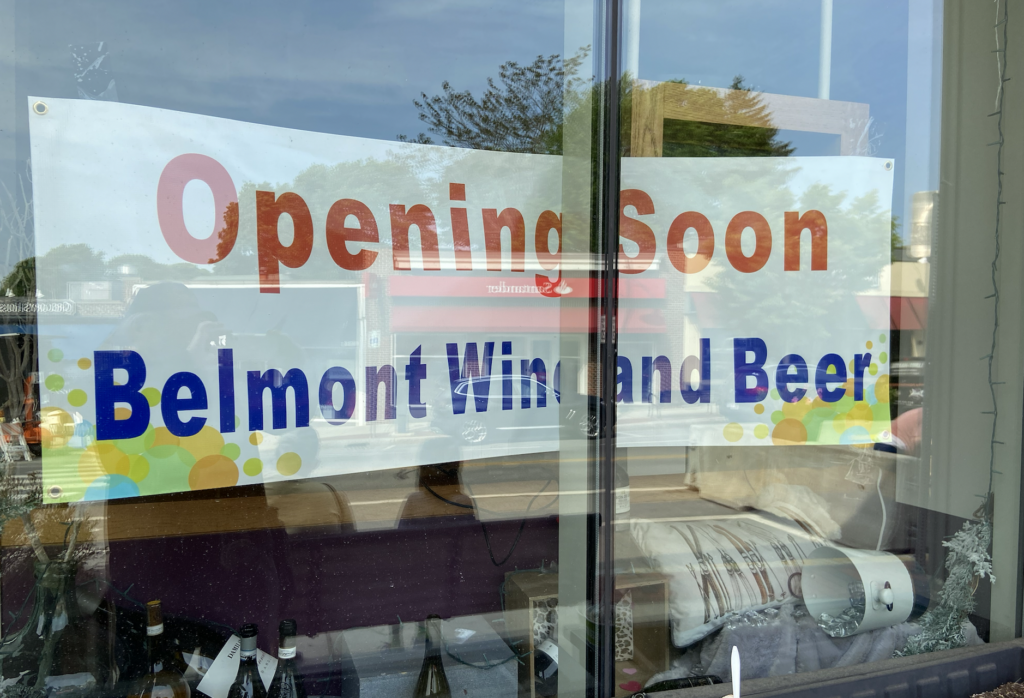Photo: Juneteenth Celebration (Credit: Town of Belmont)
This year on Monday, June 19, the country celebrates Juneteenth National Independence Day or Juneteenth. It is a federal and Massachusetts holiday commemorating the emancipation of enslaved African Americans. Deriving its name from combining June and nineteenth, it is celebrated on the anniversary of the order by Major General Gordon Granger, proclaiming freedom for enslaved people in Texas on June 19, 1865, two and a half years after the Emancipation Proclamation was issued. (Thank you, Wikipedia)
Trash and recycling pick-up will be delayed by a day.
Here is what’s closed and what’s open on Juneteenth:
- Belmont Town Hall and town offices: Closed
- Belmont Public Library: Closed
- Belmont Public Schools: Summer recess began last week
- State and Federal government offices: Closed.
- US Postal Service: Both Belmont post offices are closed; express delivery only.
Most retail operations are open for the new holiday.
- Retail stores and coffee shops: Open
- Liquor stores: Open.
- Supermarkets: Open.
- Convenience stores: Open.
- Taverns, bars: Open.
- Banks: Closed.
For those who want to do some day traveling using public transportation, the MBTA will operate on their regular schedule.


